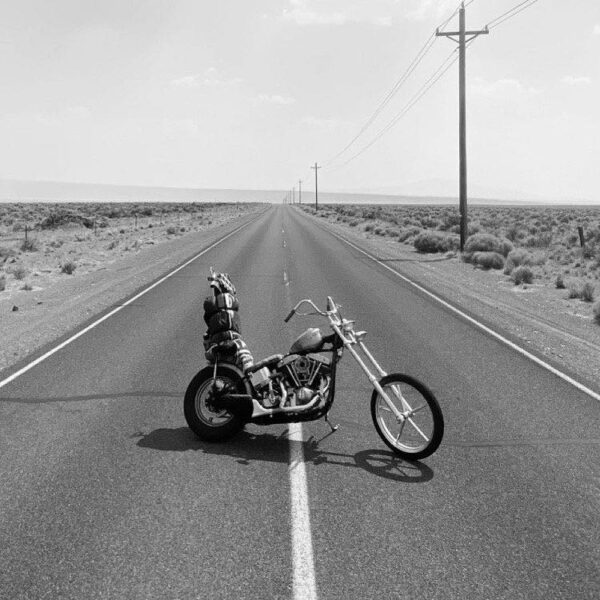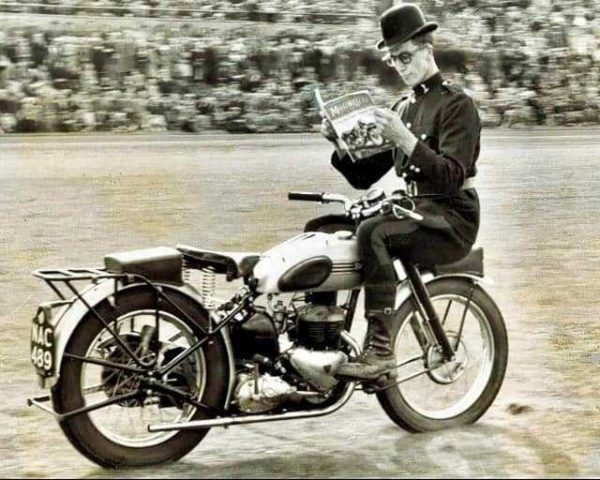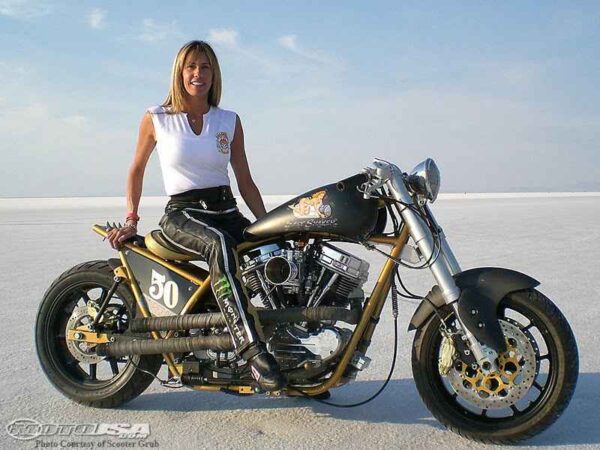Remember them for their Sacrifice – Memorial Day 2022
This Memorial Day weekend take a moment and remember the sacrifices made by many while fighting for the freedoms each of us enjoy everyday. In streets across our nation traditional motorcycle events honoring those lost in military service will be held. We at the Motorcycle Riders Foundation are forever grateful to our brothers and sisters lost defending the freedoms we cherish. As Ronald Reagan said, “Freedom is never more than one generation away from extinction. We didn’t pass it to our children in the bloodstream. It must be fought for, protected, and handed on for them to do the same, or one day we will spend our sunset years telling our children and our children’s children what it was once like in the United States where men were free.” Message from MRF: As we spend time with family and friends, let’s all take a moment to honor those who made the ultimate sacrifice to keep our country Free. We at the MRF wish you and yours a safe and happy Memorial Day. Visit: https://mrf.org/ About Motorcycle Riders Foundation: The Motorcycle Riders Foundation (MRF) provides leadership at the federal level for states’ motorcyclists’ rights organizations as well as motorcycle clubs and individual riders. * * * * We all at Bikernet.com honor and remember our brothers and sisters in the Armed Forces. Keep America Free. Keep Riding Free Forever.
Remember them for their Sacrifice – Memorial Day 2022 Read More »










